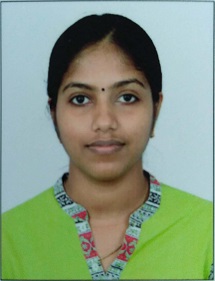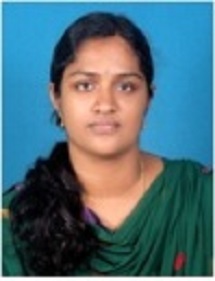
Radar Technology & Ionosphere studies
The importance of climate studies and the development of instrumentation for measuring weather parameters for increased accuracy in weather models have gained strength in recent years. The input parameters with high-resolution (temporal and spatial) must be available for running the weather models. Many solutions for the problem are available in the market using multiple sensors of different make, sizes, and qualities. Still, the human resources need to operate, maintain, and systematically collect data are lacking. We are tasked with creating a technical and scientific community group to eliminate these limitations.
The working group focuses on developing low-cost radar modules and embedded instruments for observing various parameters from the lower and upper atmosphere. This technology will be accessible to engineers, scientists and students, and later will be made available to different stakeholders.
The group is developing low-cost radar systems in the well-equipped lab that facilitates different RF equipment types to design, implement, and test modules at different frequencies and expertise to operate and supervise the same. The final output will be a whole system including radar/instrument modules, antenna systems, and associated software. The system will sense wind components from 150 m to 6 km in the troposphere region and its wind direction and speed, an added advantage to the existing 205 MHz wind profiler at ACARR. Manpower training will be given initially in the Stratosphere Troposphere (ST) Radar system operation, maintenance, signal processing of atmospheric radar data, initial data collection from radar, and analysis. Secondly, training will be given in meteorological instruments installed in the met hub that give different weather parameters and an RF lab equipped with various communication development modules, embedded design modules, SDRs, USRP, etc., of a different make.
Ionospheric Studies (IS) Group at ACARR focuses on basic research in the Indian near-equatorial Aeronomy using the 205 MHz VHF radar and ancillary instrumental data sets such as Global Navigation Satellite System (GNSS) receiver, Swarm satellite data, automatic weather stations (AWSs) etc. The sub-metre scale field aligned irregularities (FAI) observed with the 200 MHz band is the first of its kind over the near-equatorial region. Both the E- and F-region irregularities are being characterized in terms of its frequency, duration, height of occurrence, vertical structure and propagation, and drift velocity. Further, the coupling between the lower atmospheric perturbations and ionospheric responses are revealed. The group also focuses on the impact of ionospheric disturbances on satellite-based positioning and navigation. Some important results of the observations of the Indian near-equatorial ionospheric plasma irregularities have been reported in reputed international peer-reviewed journals.
Team






